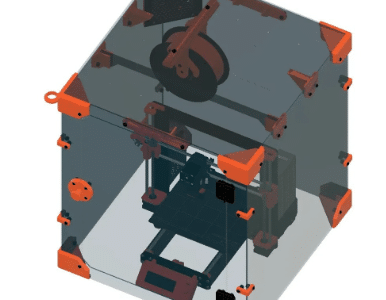Introduction
In the fast-paced world of warehouse management and material handling, the demand for efficient, reliable, and versatile equipment is ever-growing. Electric pallet stackers have emerged as key players in transforming the way businesses handle and transport goods within their facilities. This comprehensive guide explores the intricacies of electric pallet stackers, covering their functionality, features, applications, and the impact they have on enhancing overall warehouse efficiency.
The Evolution of Material Handling
Traditionally, manual labor played a significant role in material handling, with workers using physical strength to move and stack pallets. However, as industries expanded and technology advanced, the need for more sophisticated and efficient solutions became apparent. Electric pallet stackers represent a leap forward in this evolution, providing a powerful and streamlined approach to material handling tasks.
Understanding Electric Pallet Stackers
1. Definition and Components
Electric pallet stackers are motorized lifting devices designed for the vertical movement and stacking of palletized goods. They consist of several key components:
- Electric Motor: Powers the lifting mechanism.
- Hydraulic System: Facilitates smooth and controlled lifting and lowering.
- Controls: Allow operators to maneuver the stacker with precision.
- Forks: Support and lift palletized loads.
2. Types of Electric Pallet Stackers
a. Walkie Stackers:
Designed for walk-behind operation, these stackers are ideal for applications with limited space. Operators walk behind the stacker, controlling its movement and lifting functions.
b. Rider Stackers:
Equipped with a platform for the operator to stand or ride, rider stackers enhance efficiency by allowing operators to cover longer distances without exerting physical effort.
c. Reach Stackers:
Specialized for narrow-aisle operations, reach stackers feature extending forks that can reach into racks, making them suitable for high-density storage systems.
Key Features and Advantages
1. Efficiency and Productivity:
Electric pallet stackers significantly boost efficiency and productivity in warehouses. The electric motor provides powerful and consistent lifting, allowing operators to handle heavier loads with ease. Quick acceleration and deceleration features contribute to faster material movement.
2. Precision and Maneuverability:
Electric stackers offer precise control, enabling operators to navigate through narrow aisles and tight spaces with accuracy. This is crucial in warehouses where space optimization is paramount.
3. Reduced Operator Fatigue:
Compared to manual alternatives, electric pallet stackers reduce the physical strain on operators. This not only improves the well-being of the workforce but also ensures consistent performance throughout the workday.
4. Versatility and Adaptability:
Electric pallet stackers come in various models and configurations to suit different material handling needs. Some are designed for narrow aisles, while others have adjustable forks to handle various load sizes and types of pallets.
5. Environmentally Friendly:
The shift towards sustainability has influenced the design of electric pallet stackers. As they are powered by rechargeable batteries, they reduce reliance on fossil fuels, resulting in lower emissions and a smaller carbon footprint compared to traditional combustion engine-powered equipment.
6. Low Maintenance Requirements:
Electric pallet stackers generally have lower maintenance needs than their traditional counterparts. With fewer moving parts and simplified mechanics, the risk of mechanical failures is reduced, contributing to reliable and cost-effective material handling.
Applications of Electric Pallet Stackers
Electric pallet stackers find applications across a wide range of industries, each benefiting from their unique features. Some common applications include:
1. Warehousing and Distribution:
Electric pallet stackers are the workhorses of warehouses, efficiently handling tasks such as loading and unloading trucks, stacking pallets in racks, and navigating through storage aisles.
2. Manufacturing:
In manufacturing facilities, electric stackers are utilized for moving materials and products across production lines. Their versatility makes them valuable in various stages of the manufacturing process.
3. Retail:
Retailers use stackers for stock replenishment, order picking, and managing inventory in storage areas. Their compact design and maneuverability make them suitable for retail environments with limited space.
4. Logistics and Supply Chain:
In the broader logistics and supply chain industry, electric stackers play a crucial role in efficiently managing the movement of goods from manufacturing plants to distribution centers and ultimately to retailers.
Considerations Before Choosing an Electric Pallet Stacker
1. Load Capacity and Height:
Understanding the weight and height of the loads you’ll be handling is essential. Choose a stacker with the appropriate load capacity and lift height to meet the demands of your specific applications.
2. Battery Life and Charging Infrastructure:
Evaluate the battery life of the stacker and consider your operational needs. Ensure you have a reliable charging infrastructure in place to avoid disruptions in workflow.
3. Operator Training:
Proper training for operators is crucial. Ensure that your team is well-versed in the operation, safety features, and maintenance procedures for the specific electric pallet stacker model you choose.
4. Budget Considerations:
While electric pallet stackers offer numerous benefits, it’s essential to align your investment with your budget. Consider the initial cost, potential long-term savings, and overall return on investment.




